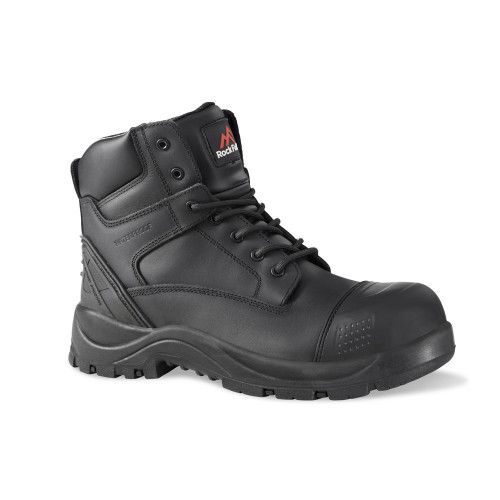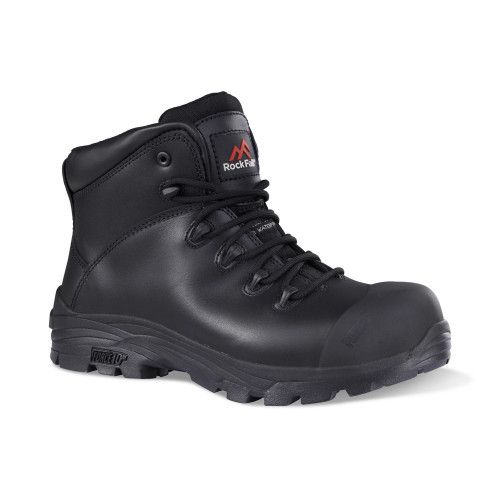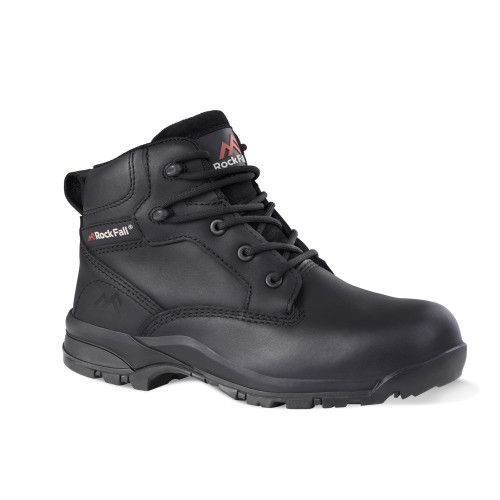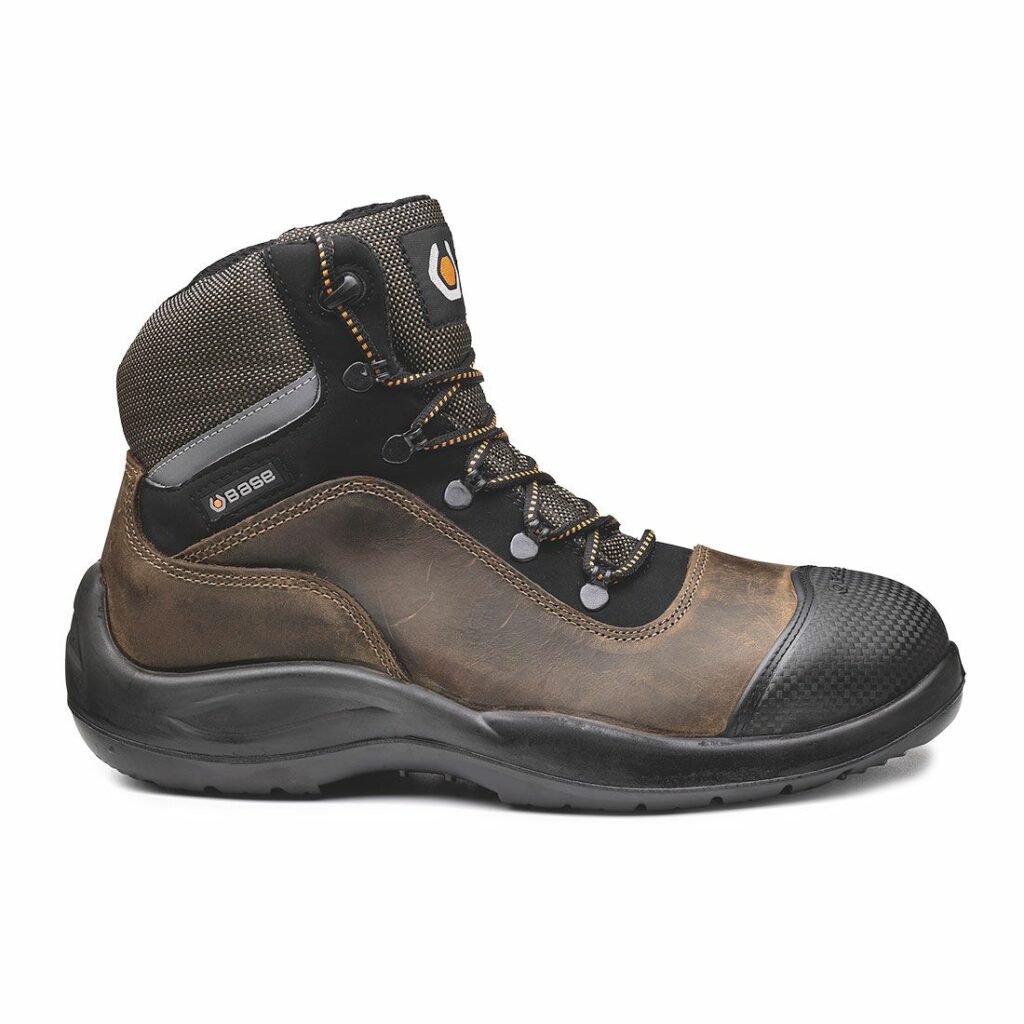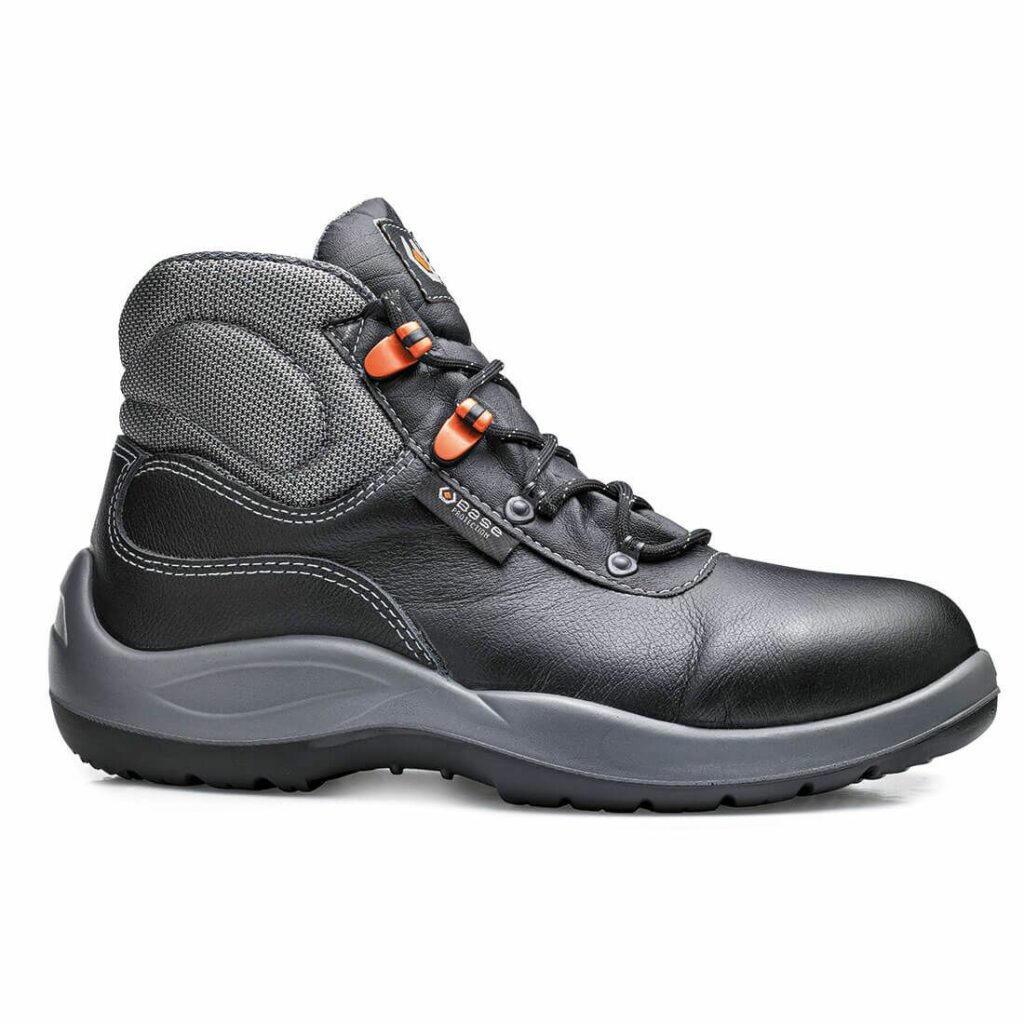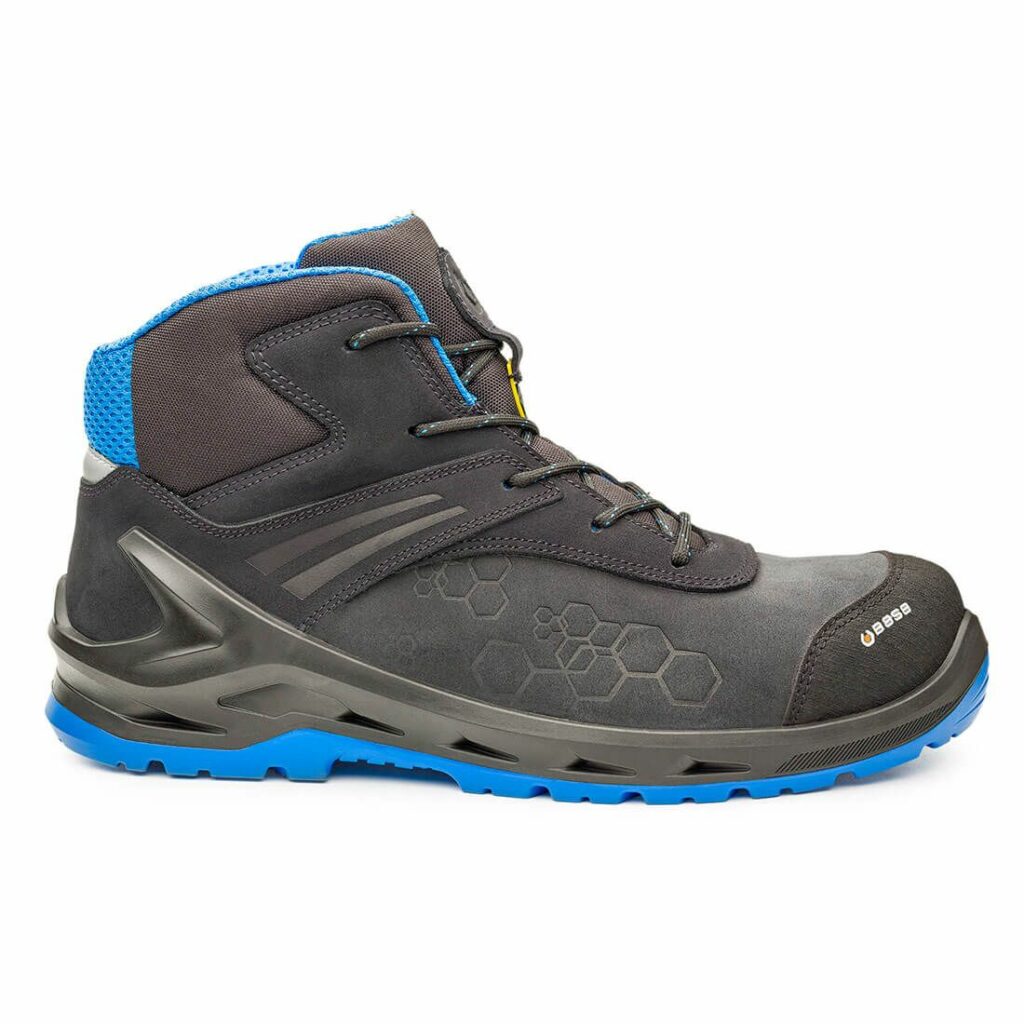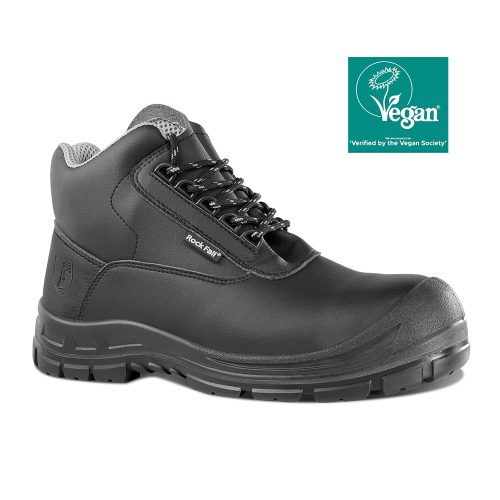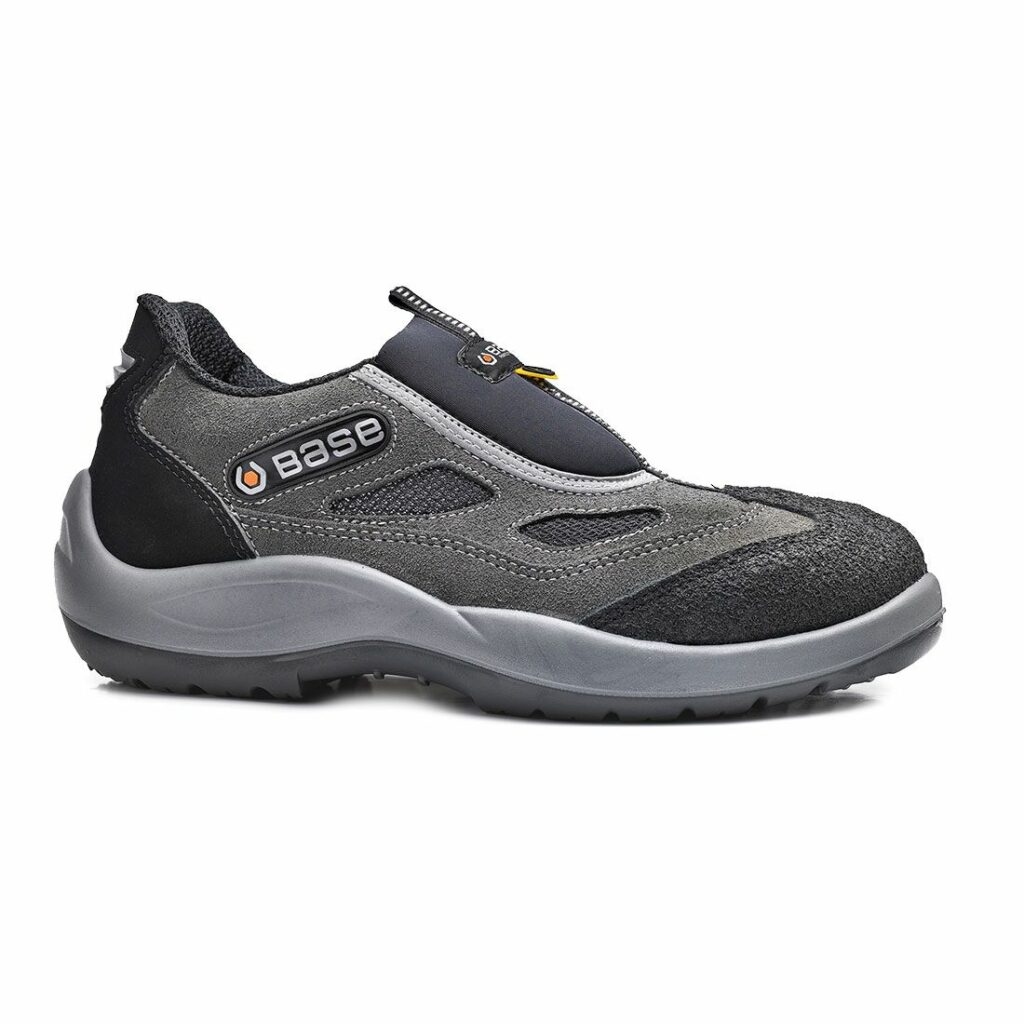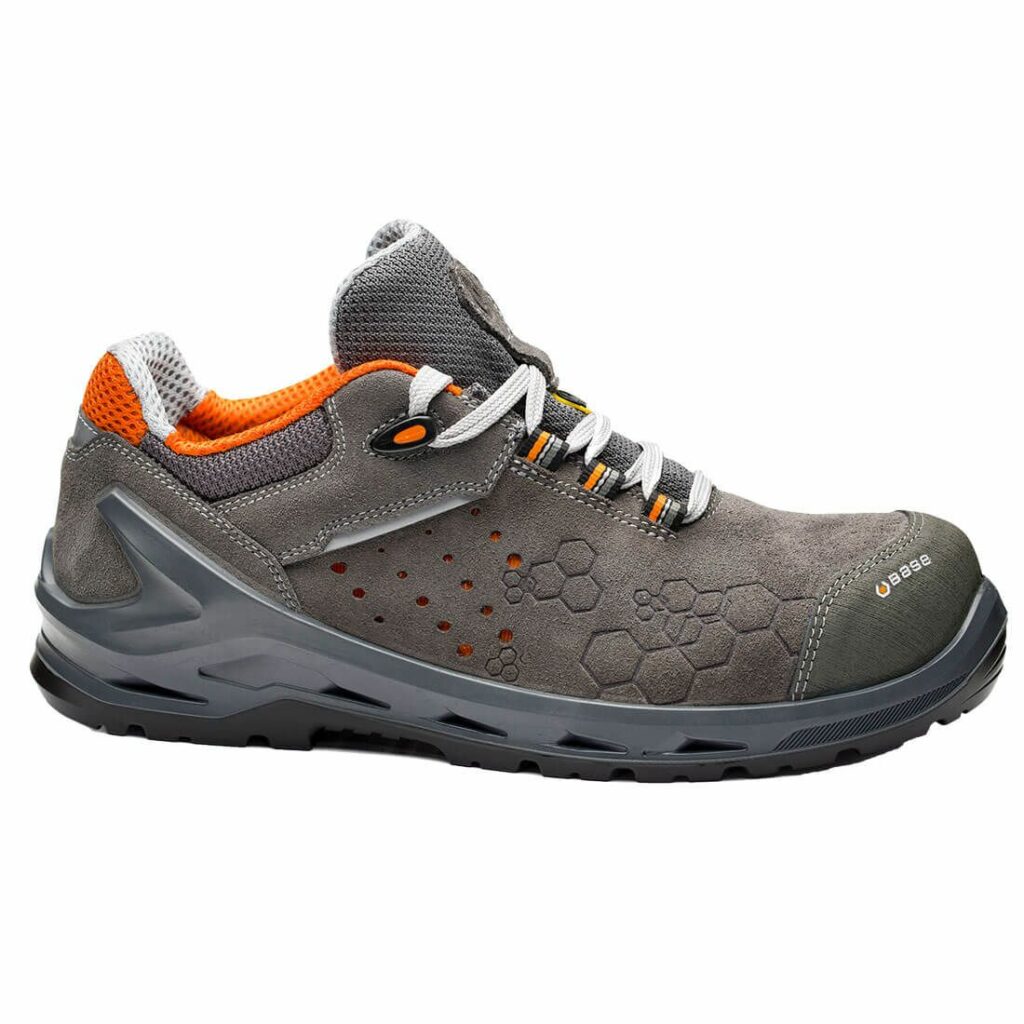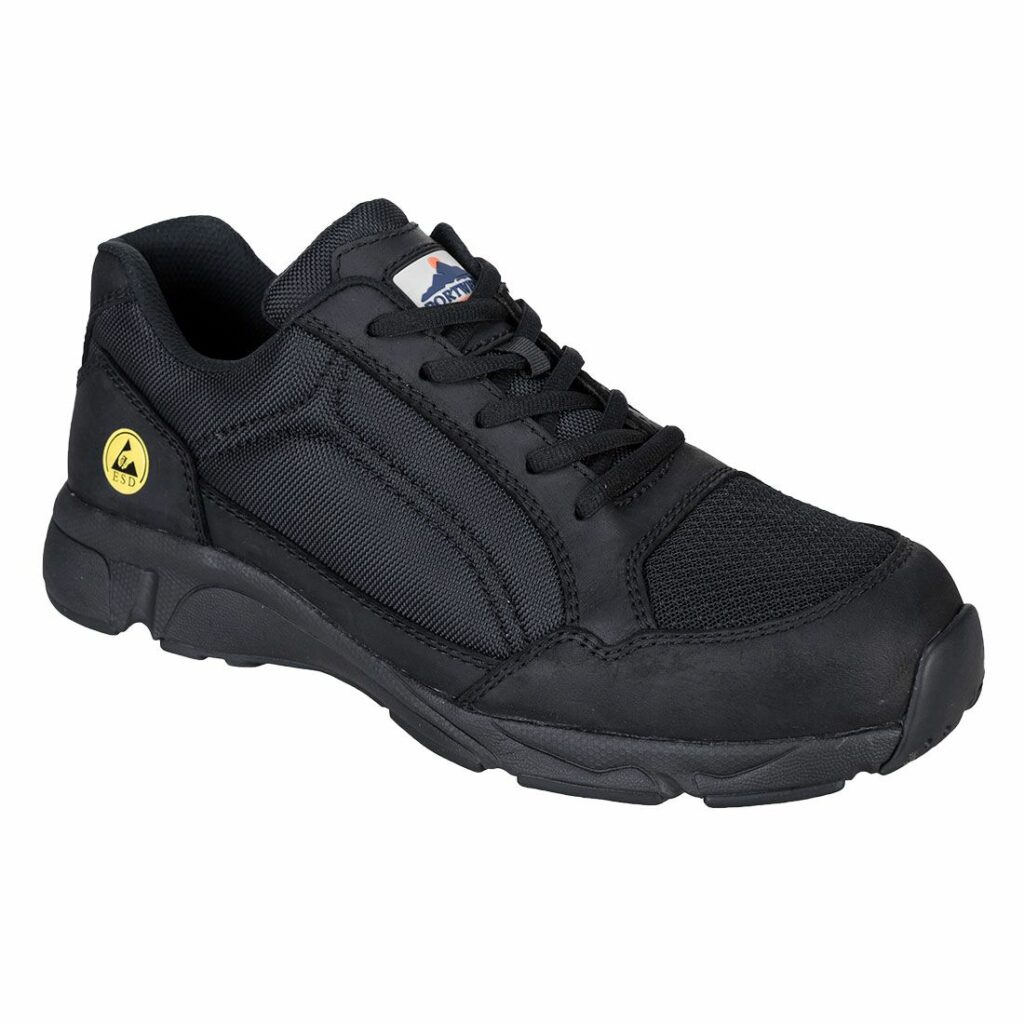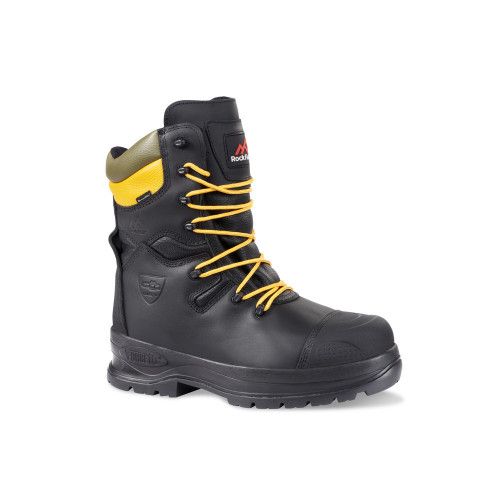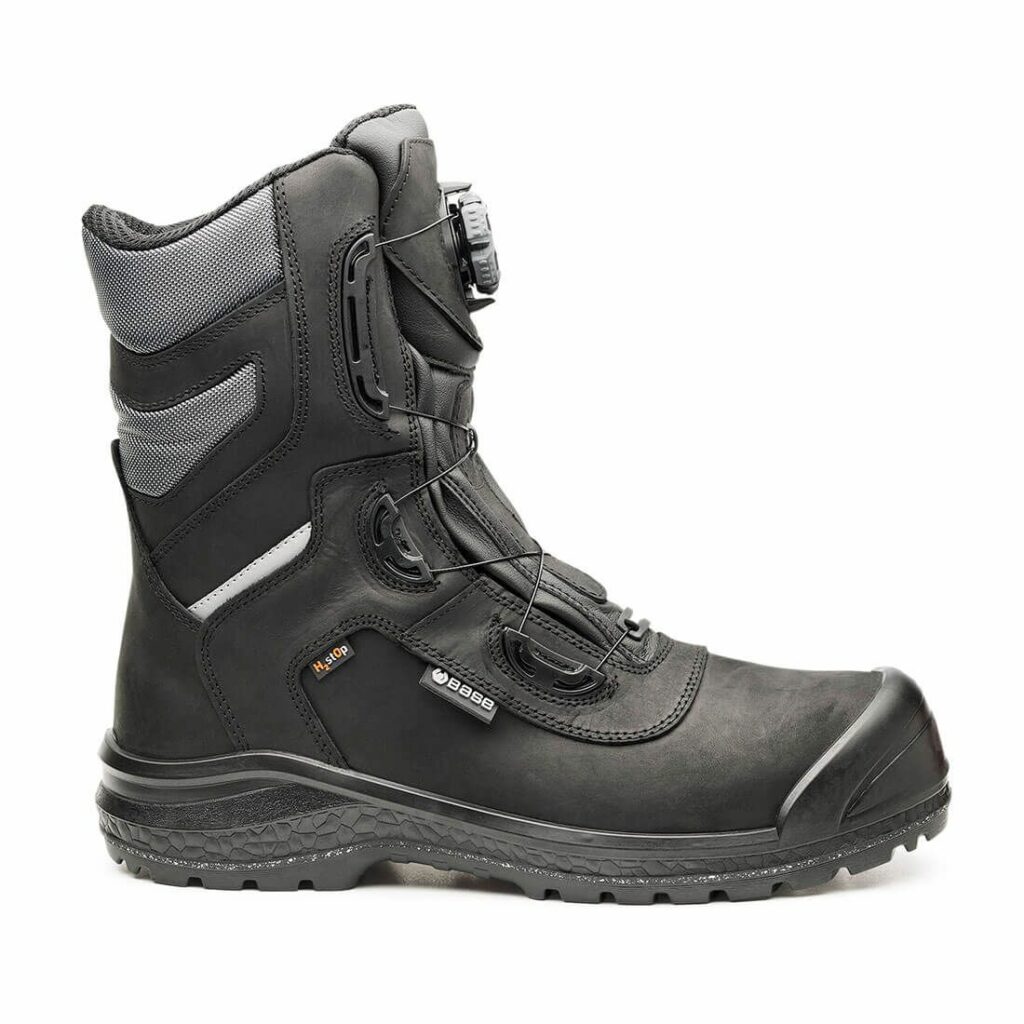How To Choose Safety Boots For Work - What you Need to Know
Safety boots are a necessity for ensuring your feet are as protected as possible while you carry out your work duties. There are a number of options on the market but it is important you buy work safety boots that are comfortable and suit the roles you carry out.
Perhaps steel toe capped boots are the right choice, maybe composite toe caps are better suited. The only way to know what you need from your safety boots is to consider the hazards and risks associated with your job, and compare that to the ratings and codes each boot offers.
There are all manner of safety footwear ratings, codes and specifications nowadays - all created for specific job roles and applications. Get it wrong, and not only do you risk falling foul of the law, but you risk injury to yourself.
So how do you choose the right pair of boots for you?
- Page Contents
- Trusting a Brand
- Buying Second-Hand
- Comfort
- Correct Fit
- Protection Levels - 5 examples
- Risk Assessment
- Legislation
Opt for a trusted brand - it will be cheaper in the long run
You can find cheap work boots down the centre aisle of many low cost supermarkets. They are perfectly fine for knocking around the garden or allotment, and would likely stand the test of time for domestic use.
But would they last in your workplace, doing your job, for your hours, on your feet?
There is a reason they are cheap.
What do supermarkets know about your workplace safety? It is unlikely the footwear has been through the same vigorous testing done by specialist safety footwear brands such as Rock Fall, or PPE experts like Portwest. This testing is absolutely necessary to ensure each boot specification meets the safety standards and protection we as workers require and expect.
The British Safety Industry Federation have strict standards for membership of companies, Xamax, Rock Fall and Portwest are all members of the BSiF.
Make sure your boots are made and sold by a member of the BSiF and stick with a name you can trust.
You will find that branded, safety specific boots for most applications cost much less than you would think, plus they will last longer.
Never Buy Second-Hand
There is no disputing this one and it should go without saying: NEVER buy second-hand safety boots.
You do not know what foot injury disasters they have already protected against and no doubt they will come with added wear and tear. What if they have already exceeded their safe limit? Nobody wants to find out their boots are broken as a Caterpillar drives over their foot.
Soles wear based on the wearer's gait, so by wearing somebody else's tread, you will be affecting your own footsteps and balance. This could potentially lead to slow damage to almost any joint in your body. Back, hips knees, ankles and feet all require correct alignment to remain healthy.
Don't do it to yourself.
Go for Comfortable Features
When deciding on what style of boot perfectly suits your working environment, you should be careful not to compromise on your own comfort. Lightweight work boots with a composite toecap are often opted for rather than the traditional steel toe cap boots purely for comfort reasons.
If a metal-free safety boot is available with the correct safety rating for your job description, it tends to be much lighter to carry on your feet, helping to avoid fatigue throughout the day.
If you absolutely must have steel toe-capped boots in order to remain safe at work, then you should not opt for buying a big riggers boot when a pair of ankle boots would suffice
Many lightweight safety boots are not quite as protective as something heavier. All safety footwear at XAMAX® complies with the legislated 200joule minimum impact protection, but you may need much more (don't worry, we have those too).
A happy medium is what you should be searching for. Something that is durable and hard-working, yet not going to kill your feet after grafting about on-site all day.
Get the Correct Size/Fit
This seems like a given but it is important to note that work boots are going to be pretty uncomfortable if they are the wrong size and fit. You are going to be on your feet all day, so they will need to be comfortable, which will likely help to improve your work performance making your day easier.
Check the various different size guides on our product pages to ensure that you are purchasing as close a size as you can to your needs. Remember to consider what type of socks will be worn with the boot, or they won't fit properly.
There is no point buying a size too big if you are just wearing thin cotton socks, or a snug fit if you intend to wear sub-zero Arctic standard thermal socks.
Foot & Ankle Protection
This is the main reason for buying safety boots, so it is the most important thing to consider.
Consider what kind of day-to-day jobs you do and the hazards you are exposed to. This will determine what safety ratings and what style of boots you need.
There are many abbreviations and codes that determine the level of protection you can expect from a pair of safety boots. If you are not sure of what codes mean what here's a handy guide.
The ideas below are by no means exhaustive, and there may be some overlaps from each suggestion - use your own judgement, your new found knowledge of the codes and your risk assessments to decide the correct safety boots for you.
Do you work on a building site for 8 hours a day?
You are going to need comfortable steel toe-capped boots that have an anti-penetration midsole, possibly Kevlar. An S3 or greater boot will protect against the likes of a dropped brick, or scaffolding pole breaking your toes and also protect you from the underfoot nail penetration of a carelessly discarded 2x4.
You will need a boot with firm ankle protection to prevent twisted ankles (ie: not a rigger boot - see why not here).
Waterproofing would be nice as would cold insulation for the colder months of the year.
These boots would be appropriate:
Do you work with flammable liquids, oils, chemicals?
In that case, you are going to need slip-resistance, oil-resistance and possibly fire-resistance in order to do your job properly and safely.
Slip-resistance comes in 3 ratings: S1, S2, S3 - with S3 being the highest (EDIT: S5 is now the highest). The anti-slip rating you need will be determined by the type of surface you mainly work on and the type of liquids you work with..
Oil and chemicals can and will degrade boots fast if they are not designed to resist. A chemically degraded safety boot is no safety boot at all.
These boots would be appropriate:
Are you jumping in and out of a forklift or wagon all day?
Shoes are not for you. You could probably opt for a composite foot/ankle protective standard to keep your boots lightweight, but there is added risk to your ankles from climbing down from your truck. You need a boot with good support, not just padding, to keep your ankle from turning, so look for an "A" code.
Steel midsoles are not recommended for drivers unless absolutely necessary. The steel plate tends to wear through the sole reasonably quickly with the constant movement of the feet on the pedals. Go for a composite toed and midsole ankle boot if your risk assessment permits it.
These boots would be appropriate:
Do you work with electronics?
Then a safety boot might not be what you are looking for. You would need ESD protection at a minimum, which only comes with composite metal-free boots, but do you need the added ankle protection?
It may be wiser to opt for an ESD protection safety trainer instead. Lightweight, yet still giving full foot protection, and anti-static protection to boot! (pun intended)
ESD boots are available, but why carry the extra weight if you don't need to?
This footwear would be appropriate:
Are you working in the great outdoors in landscape or environmental works?
All weathers, all grounds, all hazards... Along with toecaps and anti-penetration midsoles, you will need the ankle protection of a sturdy high calf boot. Not forgetting good waterproofing and slip-resistance against the mud and rain.
Composite or steel protection is available, which type you need all depends on your absolute needs.
If you are swinging a chainsaw or working with spinning and moving blades, you will need a chainsaw-proof safety boot. Expensive, but worth every penny.
If you are just trudging through the mire building dry stone walls or tending to livestock, composite is perfect for you.
These boots would be appropriate:
Risk Assessment
Your safety is paramount so it is vital to ensure that you are wearing the correct work boots when on the job, so before kitting your feet out, you should carry out a risk assessment. Your risk assessment and footwear audit will then enable you to pinpoint the specific characteristics of the correct boots you need.
The risk assessment you carry out should account for foot hazards such as:
- Slippery floors or ground
- dropping heavy or sharp items onto feet
- walking on or coming into contact with hot surfaces
- the presence of acids, solvents, oils on the floor
- electrical hazards
This will form the basis of the characteristics you need in a safety boot. For every foot hazard you can find in your workplace, there will be a boot that protects you against disaster. the trick is to find the boot that covers all bases.
Safety Legislation for Boots
All safety footwear is required to meet the minimum safety standards set out by the International Organisation for Standardisation. This is the current standard for workwear and PPE across Europe and was updated in 2011 to become even more precise.
However complicated the law EN ISO 20345:2011 may sound, it is actually very straightforward. The law outlines that work boots must now have toe protection against a 200-joule impact. This is the equivalent of dropping two big bags of cement from waist height onto your toes.
Safety boots used in the workplace must also abide by the same UK health & Safety regulations as PPE, and the whole supply chain must follow the laws. More on that here.
Why You Should Choose XAMAX® For Your Safety Footwear Supply
XAMAX® is committed to providing top-quality safety footwear that meet the diverse needs of workers across various industries.
We understand that every workplace has unique hazards, which is why our range includes options tailored to all sectors.
Our partnerships with renowned safety brands like Rock Fall and Portwest ensure you receive footwear built with the latest technology and materials, ensuring maximum protection without sacrificing comfort.
Whether you require steel toe caps for heavy-duty environments or lightweight composite options for agility, XAMAX® has the right solution to keep your feet safe while you work.
Our commitment to customer satisfaction means you’ll find knowledgeable staff ready to assist you in selecting the perfect pair of boots that align with your specific job requirements.
We believe that safety starts from the ground up, and we strive to empower every worker with the protective equipment they need to thrive in their roles.
How to Properly Protect Yourself
By ensuring you are wearing the correct safety boots for work you are only covering one part of your workplace safety, but it is as important as any other part.
Get into the habit of understanding your own job and the way you can protect yourself from hazards and risk. When buying your own protective footwear, or requesting specific safety boots from your employer, knowing why you are wearing those specific boots is excellent practice for your entire personal protective attitude.
There is only one of you. Look after yourself.
- How Long Does PPE Last? (Probably Not As Long As You Think) - 12th March 2025
- BSIF Issues Urgent Warning: 90% of PPE from Non-Registered Providers Fails Safety Tests (2025) - 10th February 2025
- Understanding UK Safety Standards for Respiratory Protection - 14th October 2024







